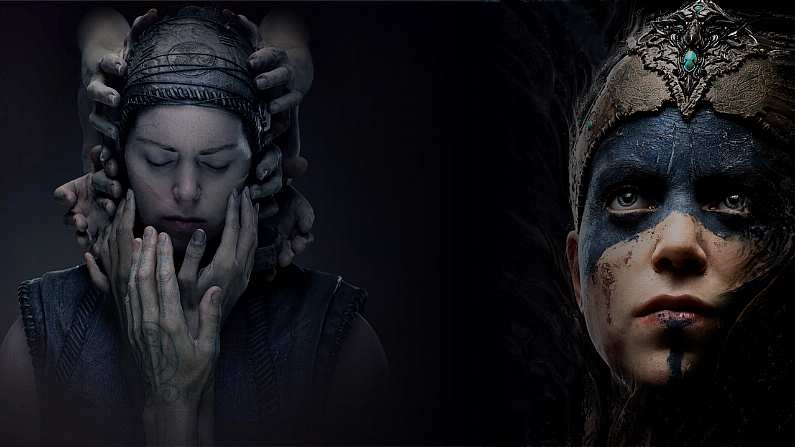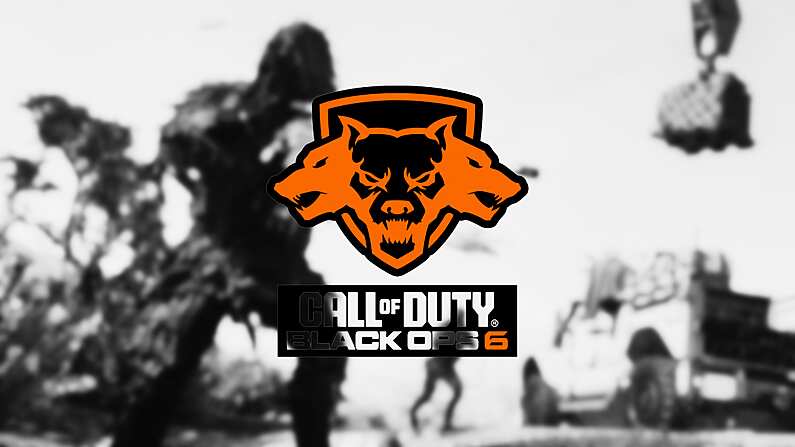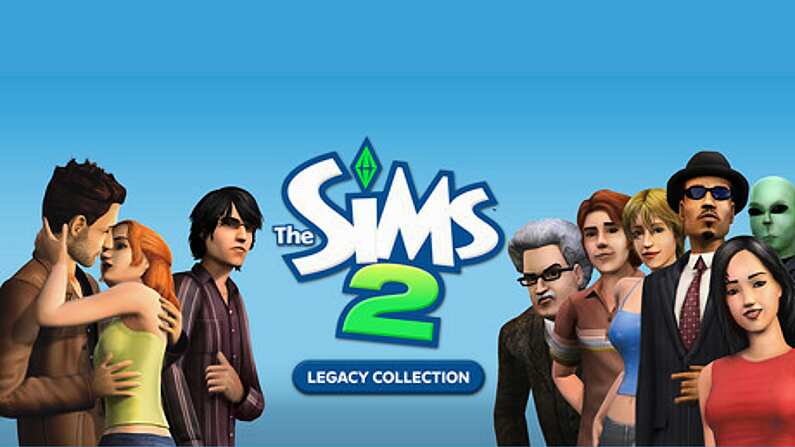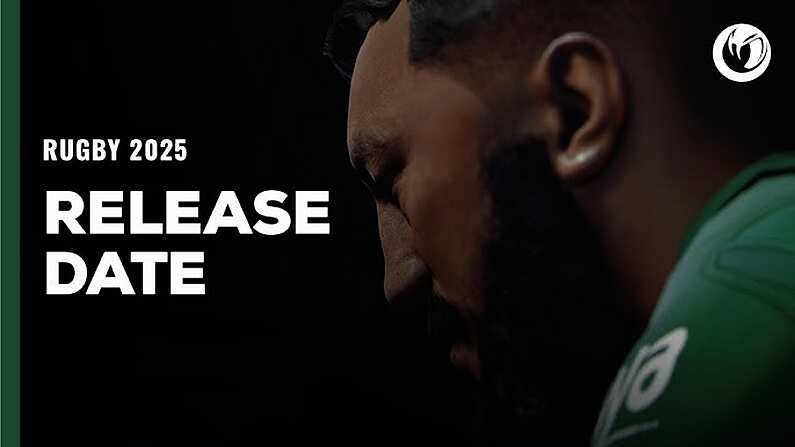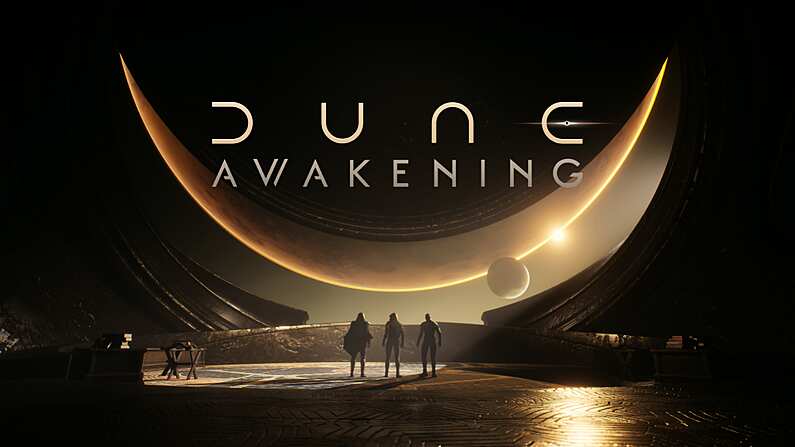Those who have been following the latest video game news over the last few months have no doubt heard about Senua’s Saga: Hellblade 2, the upcoming sequel to Hellblade: Senua’s Sacrifice from Ninja Theory.
If you’re a fan of Heavenly Sword, Enslaved: Odyssey to the West or DmC: Devil May Cry, you will be quite familiar with Ninja Theory’s work. But what is Hellblade and how does it stand out from other games on the market?
This spoiler-free recap will tell you everything you need to know about the world of Hellblade ahead of the latest release; whether you are a brand-new player or a past player in need of a refresher.
Gameplay
Hellblade is set in the late 8th century. You’ll take on the character of Senua, a Pict warrior, who travels to Helheim to save the soul of her late lover. The gameplay is a mix of exploration and puzzles, with one part of the story being told through exploring and the other being told through the game's narrator. As you travel from different locations and face new challenges, Senua’s story is told in a nonlinear order by triggering memories as you progress through the game.
The game has a fair amount of combat throughout, with the occasional lengthy boss battle. You will not have a variety of weapons for this journey though, just a sword to defend yourself with – but the combat does come with a twist.
In the early stages of the game, Senua will develop a “rot” in her arm that will spread upwards with every in-game death. If this spreads to Senua’s head, the game will end in a permadeath. So make sure you are well prepared for going into battle.
Senua’s Psychosis
Unlike other video game protagonists, Senua suffers from psychosis – but in a time period where mental health awareness was non-existent. Senua had no formal diagnosis or explanation for her symptoms and believes she is carrying a curse. The symptoms of Senua’s psychosis are shown in two ways; through voices and hallucinations.
This brings us to the most important advice for anyone playing a Hellblade game – wear a headset.
The voices Senua hears are also known as the Furies, which are a collection of different voices that will either help or hinder Senua on her journey to Helheim. They will comment on Senua’s progress in battle, sometimes encouraging her and other times criticising her. They can even mislead you in certain directions when you are navigating the environment, for example, by warning you of non-existent danger. The Furies are Hellblade's alternative to tutorials and in-game warnings, they will give Senua hints, and advice and warn her if she is about to be attacked from behind.
The Role of Binaural Audio & Senua’s Hallucinations
So why is wearing a headset so important? Ninja Theory used Binaural Audio, also known as 3D Audio, to create the Furies. Binaural audio records with multiple microphones, picking up sounds for each ear so the listener will hear the audio exactly how it would sound in the real world. This will give you the impression that the voices are all around you, potentially having you looking over your shoulder. The game's narrator is recorded with binaural audio to make it seem like she is sitting beside you while telling the story.
Not only are the voices and hallucinations experienced in the game a key part of the puzzles, but they give an insight into Senua’s perception of reality. She will often confuse her memories with the present moment and see things that are not actually there. It’s through her hallucinations that Senua can alter her surroundings to clear a path for herself or find shapes and symbols that will “unlock” the gates ahead.
Behind the Scenes Research
What makes Hellblade special in its representation of psychosis is the amount of research done by the developers to ensure an accurate and respectful representation. The team worked with experts and neuroscientists at the University of Cambridge to gain as much insight as possible and to make sure their portrayal was based on actual evidence instead of assumptions made in the media.
The developers and cast of the game met with real patients to hear their personal experiences with psychosis and how they live on a daily basis; a majority of these stories were used to shape Senua’s character and her symptoms.
Hellblade received major praise from gamers, as seen in the Accolades trailer, with some saying it made them feel understood for the first time, helped them understand the struggles loved ones face or how it’s changed the way they view the topic of psychosis.
What to Expect from Hellblade 2
While details of Hellblade 2’s story are being kept securely under wraps, the previews shown so far heavily suggest that Hellblade 2 is sticking to its roots while taking full advantage of the advancements next-gen consoles have to offer. As it is a direct sequel to the first game, it is highly recommended to play Hellblade: Senua’s Sacrifice first to get familiar with the mechanics and get a full introduction to Senua’s character.
If you are a video game photographer who loves capturing the in-game world, you’ll be pleased to know Photo Mode is available in Hellblade: Senua’s Sacrifice and is set to be returning in Senua’s Saga: Hellblade 2. Photo Mode allows you to capture epic screenshots during battles or stunning scenic imagery, giving you the ability to keep and share your most memorable in-game moments.
If Hellblade sounds interesting to you; Hellblade Senua’s Sacrifice is available to play on PlayStation, Xbox, PC and Switch. Senua’s Saga: Hellblade 2 will be available from May 21st on PC and Xbox.
If you or a loved one has been affected by any issues raised in the Hellblade Series and would like more information or support, you can visit: https://senuassaga.com/mental-health-support

